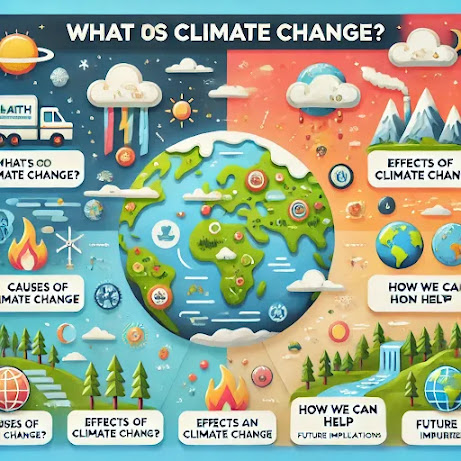My Most
Memorable Experience from Middle School
Middle
school is a time of growth, learning, and making memories that last a lifetime.
While some moments blend into the everyday rhythm of classes, friends, and activities,
one particular experience stands out to me. It was an event that taught me the
power of teamwork and courage—the day our team won the school’s Science
Olympiad competition.
Preparing
for the Competition
The Science
Olympiad was something I had looked forward to all year. Our school had always
emphasized extracurricular activities, and the Science Olympiad was one of the
most prestigious events. It involved a series of science-based challenges, from
engineering tasks to biology quizzes, and it required students to work in teams
to solve problems.
I was part
of the engineering group, and our task was to build a model bridge out of
popsicle sticks that could support as much weight as possible. For weeks
leading up to the event, my teammates and I met after school, working hard to
perfect our bridge. We researched different designs, practiced cutting and
gluing sticks, and tested our prototypes until we thought we had the strongest
structure.
The Day
of the Competition: Nerves and Excitement
On the day
of the competition, the atmosphere in the school was buzzing with excitement.
Teams from all grades gathered in the gym, and teachers, parents, and fellow
students filled the stands to watch the event. My teammates and I felt a
mixture of excitement and nervousness as we set up our bridge for the final
test.
When it was
our turn, the judge placed weight after weight on our bridge. I remember
holding my breath, hoping it wouldn’t collapse like some of the others we had
seen earlier. As the weight stacked higher and higher, our bridge stayed
strong. When the judge placed the final weight and announced that we had won
the engineering challenge, the entire team erupted in cheers. It was a moment
of pure joy and accomplishment.
Teamwork
and Perseverance
Winning the
competition was incredible, but the experience taught me something far more
valuable than just the thrill of victory. Building that bridge had been a team
effort. There were moments during our preparations when we disagreed on the
design or when a prototype failed, and we had to start over. It was in those
moments that I learned the importance of listening to others, compromising, and
working together toward a common goal.
I also
learned about perseverance. There were times when it felt like we would never
get the design right, and it would have been easy to give up. But we didn’t. We
kept working, revising, and testing until we achieved our goal.
A Memory
That Stays With Me
The Science
Olympiad was more than just a competition; it was an experience that helped
shape who I am today. It taught me valuable lessons about teamwork, resilience,
and the satisfaction that comes from hard work. To this day, whenever I face a
challenge, I think back to that bridge made of popsicle sticks and the feeling
of accomplishment that came with not giving up.
Middle
school is full of memorable moments, but this one stands out because it taught
me lessons that go beyond the classroom, ones that I will carry with me for the
rest of my life.

